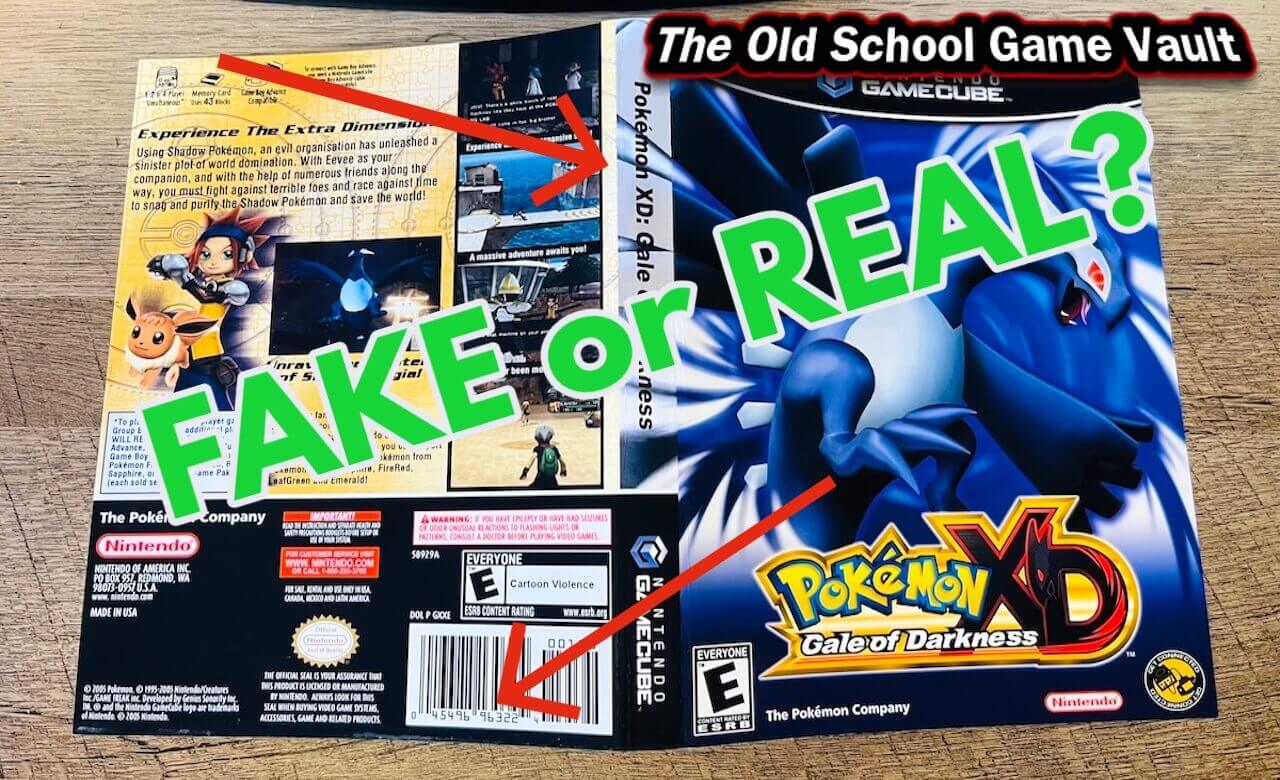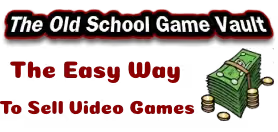The Nintendo GameCube is one of the hottest retro systems on the market today, but with rising demand comes a sneaky problem: counterfeit artwork.
Reproduction inserts are flooding the market, often bundled into game cases without buyers realizing it.
✔️ Key Takeaways – Spotting Fake GameCube Artwork
- Authentic GameCube artwork uses smooth, semi-gloss paper—repros feel thicker or rough.
- Misaligned spine text or GameCube logos are common in fake inserts.
- Real inserts reflect light evenly; fakes appear matte or unevenly glossy.
Whether you're a collector, reseller, or just want to protect your investment, here’s how to identify a fake GameCube insert before it’s too late.
The Table of Contents
Counterfeit vs. Authentic GameCube Artwork
Reproduction GameCube artwork is usually printed on home equipment and lacks the subtle details of authentic Nintendo prints. Here’s how to tell them apart across four key areas.
across four key areas.
1. The Spine Label – Alignment Tells All
Flip the case over and take a close look at the spine. On official releases:
- The GameCube logo is centered and aligned perfectly with the top.
- The game title text is evenly spaced and vertically balanced.
On fake artwork, the logo or text often sits too low or drifts left or right. Misaligned printing is a huge red flag—especially when combined with other signs below.
2. The Feel of the Insert – Texture & Thickness
Authentic GameCube inserts are printed on semi-gloss cardstock with a smooth, slightly slick finish. Reproduction inserts often:
- Feel too thick or rough
- Let you feel the ink on the surface, especially the text or ESRB box
- Use duller paper without the right sheen
If the artwork feels more like printer paper or heavy construction paper, it’s likely a home print job—not a factory insert.
3. Light Reflection – Glossy vs Matte Tells the Truth
Tilt the insert under a light source. An authentic GameCube insert should catch the light evenly with a soft shimmer. Counterfeit inserts will usually:
- Appear completely matte or dull
- Reflect light in a patchy, uneven way
- Look like they’ve been printed with photo paper or standard inkjet stock
This shimmer test is a quick and effective way to spot fakes at a glance.
- Need a trusted visual reference for authentic GameCube artwork?
- Explore the Nintendo Fandom GameCube Box Art Archive to compare inserts and confirm legitimacy.
4. Barcode Details & Print Clarity
Now flip to the back. The barcode area and legal text offer one of the most obvious clues:
- Authentic inserts feature sharp, clear barcodes with fine print that's crisp and legible.
- Reproductions often show fuzzy barcodes, slightly misaligned ESRB labels, or incorrect font weights.
On a real Pokémon XD insert, for example, the Nintendo logo, copyright text, and ESRB rating should be pin-sharp. Anything less may be a copy.
Prefer to watch instead? Check out our video version of this blog post here.

The Retro Wrap Up & Final Thoughts
With repro inserts becoming more common, spotting the difference is a vital skill for GameCube collectors. Be cautious when buying complete-in-box (CIB) listings, especially online. When in doubt, compare with a known original—or ask a trusted retailer
Related GameCube Articles You May Like
Frequently Asked Questions:
How can I tell if a GameCube game is real?
- Look for centered spine logos, smooth semi-gloss paper, and sharp print on the back.
How to tell if a Nintendo game is authentic?
- Check for proper print alignment, gloss paper, and clear legal text on the case and disc.
How to tell if a game is counterfeit?
- Counterfeit games often have thick matte paper, misaligned logos, and blurry print.
Where can I find my GameCube serial number?
- It’s printed on a white label on the bottom of the GameCube console.
Why is GameCube so rare?
- Limited production runs and high collector demand make many GameCube titles rare.



